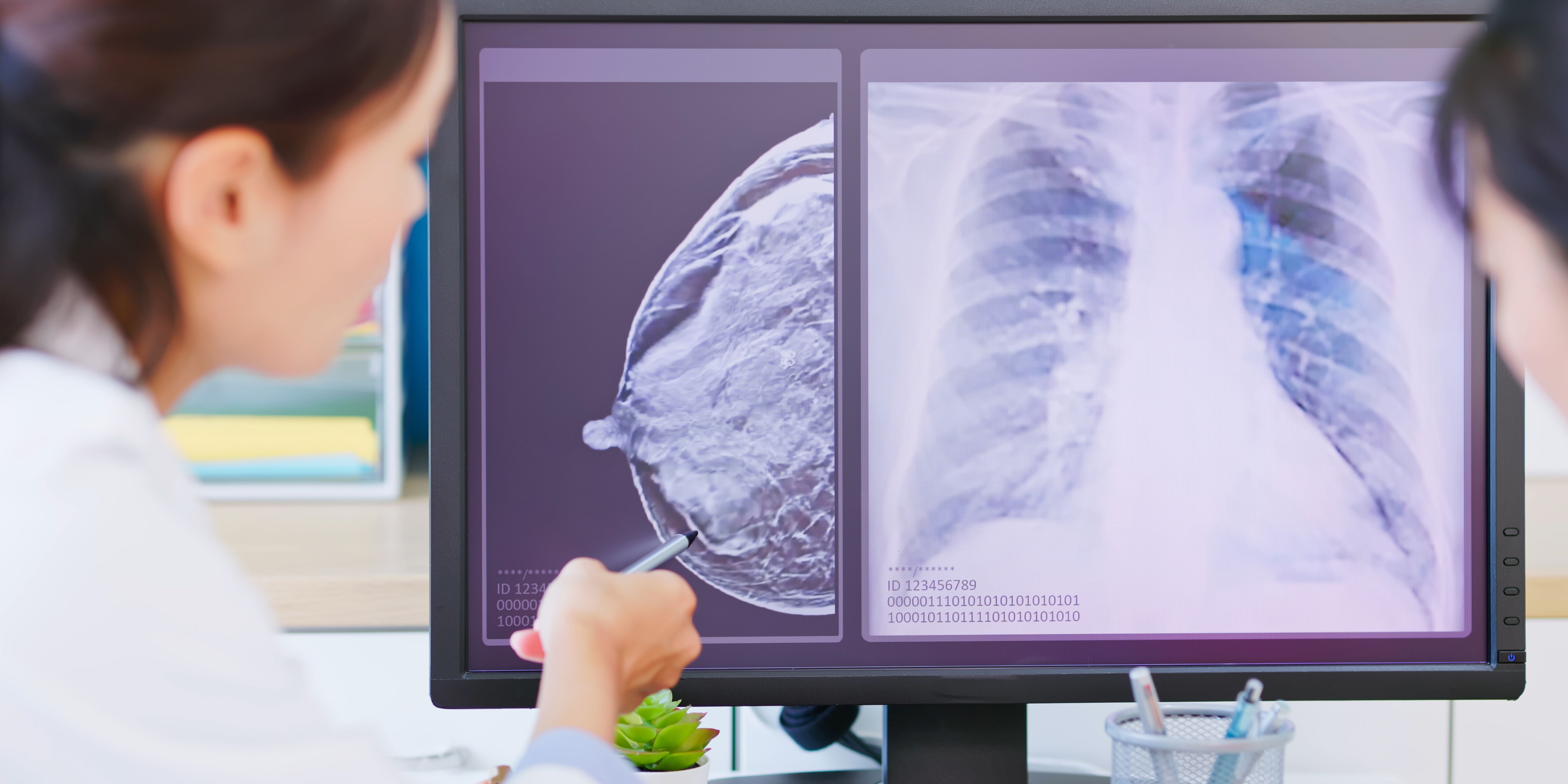Male breast cancer

Everyone has some breast tissue behind the nipple. As a result, men and people assigned male at birth can get breast cancer too. However, this is rare.
The treatment options are the same, whatever your sex. The best treatment depends on things like the type of tumour, the stage of your cancer and your general health.
Getting a breast cancer diagnosis
Because male breast cancer is rare, you may feel alone or embarrassed about your diagnosis. Or you may find it difficult to talk about. Try not to bottle up your feelings or cope on your own. Remember that there are people who can support you, so don’t be afraid to ask for help.
How common is male breast cancer?
Male breast cancer is rare. About 30 men are diagnosed with breast cancer each year in Ireland. The figure for women is about 3,400 each year.
What increases the risk of male breast cancer?
- Age. Male breast cancer is most common over the age of 60, but it can happen at any age.
- High oestrogen levels. High oestrogen levels can increase the risk. High oestrogen can happen with chronic liver damage, obesity and some genetic conditions.
- Obesity. Being very overweight (obese) seems to increase the risk of male breast cancer, especially for those over 35 years of age.
- Kleinfelter's syndrome. This is a rare genetic condition where a man or person assigned male at birth is born with an extra female chromosome. Someone with this syndrome has a risk of breast cancer 20 times greater than the average.
- Radiation. Repeated and prolonged exposure to radiation can increase the risk of breast cancer. For example, radiotherapy treatment to the chest wall, particularly at a young age.
- Significant family history or genetic link. A significant family history of female breast cancer increases the risk of male breast cancer. This includes a mother or sister, particularly if the relative was under the age of 40 when diagnosed. Read more about cancer and genes.
What are the symptoms of male breast cancer?
- A painless lump in the chest / breast area – this is the most common symptom
- Nipple discharge (often blood-stained)
- A tender or pulled-in nipple
- Ulceration or swelling of the chest / breast area
- Swollen lymph glands under the arm
Male breast cancer is very rare and most breast / chest changes are not cancer, but it’s important to go to the GP and get any changes checked out.
How is male breast cancer diagnosed?
Once you have seen your GP (family doctor), you will be referred to a specialist breast unit. Tests you might have include:
- A mammogram, which is an X-ray of the breast.
- An ultrasound, which is a picture of the breast using sound waves.
- A core biopsy, where a small piece of tissue is removed under a local anaesthetic and looked at under the microscope.
How is male breast cancer treated?
Treatment for male breast cancer is the same as that for female breast cancer. The treatment offered to you will depend on different factors such as the type of tumour, the stage of the disease and your general health.
The main treatments used are surgery, chemotherapy, radiotherapy, hormone therapy and targeted therapies. Read more about treating breast cancer.
For more information
Phone
1800 200 700



